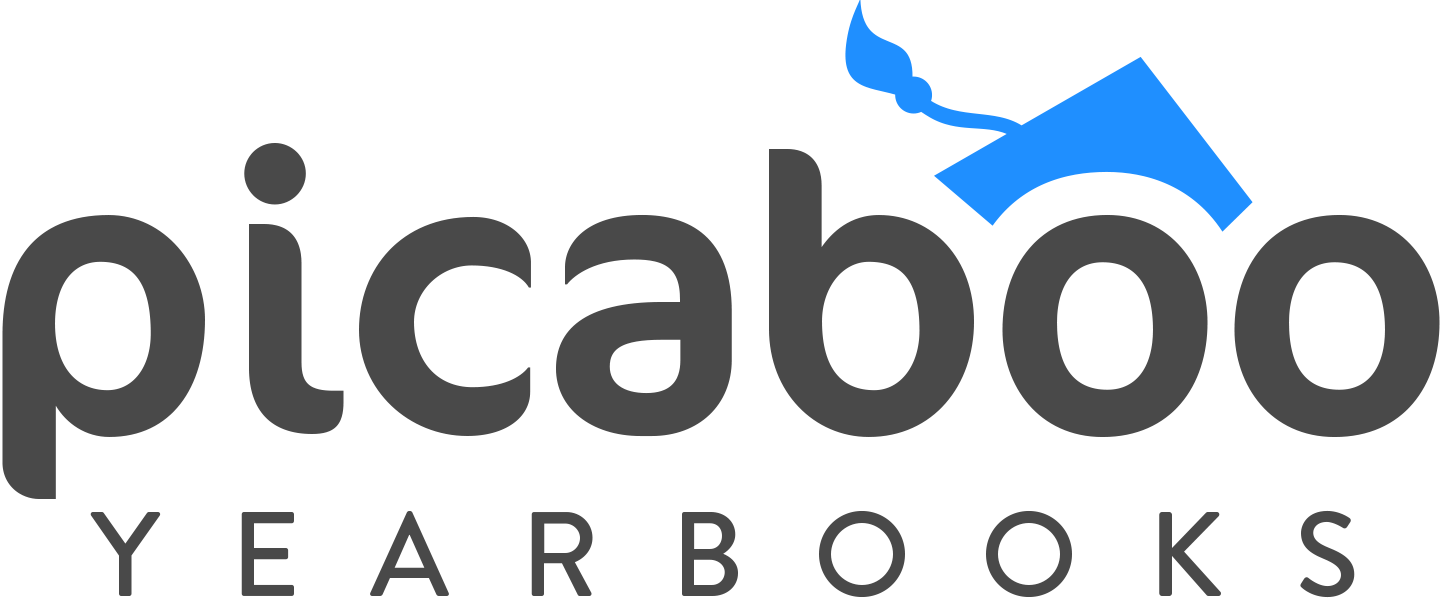Five Icebreakers to Warm Up Your Yearbook Staff
It’s the first day of school and you have a classroom full of students who may not know each other very well, if at all. Yearbook requires a lot of group and team work, so the more comfortable your team feels with each other, the more successful your yearbook will be.
Warm things up with a few icebreakers that will get your students talking, playing and getting to know one another.
BLOBS
The name of this game alone should elicit a few giggles. Blobs is a great icebreaker because it doesn’t single out students, or ask them to embarrass themselves in front of their peers. Ask your staff to gather into “blobs” based on similar traits. Rather than focusing on outward similarities like hair color or shoe type, ask them to blob according to something they’ll have to ask other students about, like their birthday month or favorite holiday. It will build a sense of belonging among staff members.
RANDOM FACTS
Who doesn’t love random facts? People love to share random bits of information about themselves, and learning facts about other students is equally entertaining. Begin class by having each student write a strange, unusual, or little known fact about themselves on a piece of paper and turn it in. Read the facts aloud and have students guess which student they belong to.
SILLY SKITTLES
Pass around a large bag of Skittles and instruct students to take as many or as few as they like, but they have to take at least one, and they can’t eat them. Once everyone has some Skittles, explain that each color represents a prompt they have to share or perform for the class, and they have to do one of the following for every Skittle they took.
Red = Share a random fact about yourself.
Orange = Tell the class your favorite television show or movie.
Yellow = Tell the class your favorite food.
Green = Share something you are proud of, or a goal you would like to accomplish.
Purple = Make an animal noise.
BINGO
Using an online BINGO card generator, like this one, make a list of general statements that could apply to students. Examples include “I have a little brother” or “My favorite color is blue” or “I speak two languages.” Pass out the BINGO cards and give the students five minutes to go around the room and find another person to initial a BINGO square that applies to them. They can only get initials from each student once, and they can’t initial their own card. When time is up, figure out who got the most initials on their card. Read the facts aloud and have students raise their hand if the fact applies to them.
SHAPES
Instruct your students to get out a piece of paper and draw one of the following shapes that they think most represents them: a square, a triangle, a circle, a rectangle or a squiggly line. Then have them find other people in the class who drew the same shape, get into a group, and learn each others’ names. When the students have had a moment to get to know each other, read the personality test results to the class.
Square: Squares are hard workers, diligent, dependable and always strive for completion. They tend to be patient, methodical thinkers who like to collect information and use analytical approaches to problem-solving. They prefer that things are planned, outlined and organized. When working in a group, Squares will always be quick to take on a large share of the work because they prefer to do things themselves, and they won’t tolerate sloppy work.
Triangle: Triangles are outspoken and confident. They tend to be goal-driven and love to learn, which means they are always first to raise their hand in class. In a group setting, Triangles’ confidence and drive means they usually emerge as leaders, but their self-assuredness means that they can at times bump heads with rivals.
Rectangle: Rectangles are in a state of movement from one shape into another. This means they are unsatisfied with the status quo and always want to better themselves. Rectangles are generally curious and inquisitive, which makes them wonderful students. Because they get excited about new ideas and projects, they are great team members, though they can at times be unpredictable and inconsistent.
Circle: Circles represent harmony, so those students who see themselves as a circle tend to value harmonious interpersonal relationships. They feel empathy and sympathy for others more than any of the other shapes, and they tend to be caretakers. Generally right-brained, Circles have great instincts and make decisions based on how they feel, rather than what they know. They are the “heart” of the team, but their sensitive natures sometimes mean they have a hard time saying no to others.
Squiggly Line: Squiggles are the most creative of the shapes. They are quick to throw out lots of broad ideas – both good and bad, and they aren’t afraid to ask “what if.” They are open-minded and tend to be accepting of others. Though they are the best at generating ideas, they aren’t always great at follow-through, nor are they very detail oriented. In a group, Squiggles are great brainstormers, but they tend to bore quickly and need more stable shapes to keep them on-task.
While you may feel overwhelmed and think dedicating time to these type of activities takes up too much valuable work time, it is important that your team work together like a well-oiled machine. Consider class time spent doing these type of activities the WD-40 that will prevent some of the squeaks.
